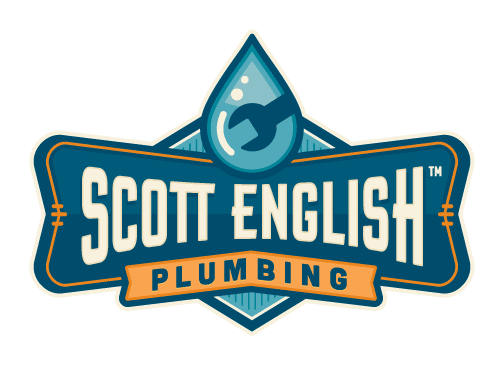4 Bathroom Sewer Cleaning Tips
There are few tasks as distasteful as sewer cleaning, so hiring a professional could be the right solution for you. However, if you’re not afraid of getting your hands dirty, there are some routine cleaning jobs that you can carry out yourself. Cleaning blockages, clearing vents and drainpipes will help the water to flow freely throughout your home. These preventative tasks and cleaning jobs will decrease the need to call out a reliable bathroom plumber and could save you a substantial sum of money.
1. The Bathroom Sink Won’t Drain
If you have a problem with your bathroom sink draining, but the shower and the toilet are fine, there is a blockage. The blockage will probably be located between the sink and the area where the sink connects to the bathroom drain. The most common place for the blockage to be located is in the trap underneath the drain. There will be screw on fittings underneath the sink that can be removed by hand. Simply remove the section of offending pipe and clean it thoroughly before replacing.
2. The Shower and Tub Won’t Drain
This is trickier than fixing the sink because the drains are not as easy to get access to. The traps for your tub and shower lay underneath your bathroom floor in-between the joists. The “S” and “U” bends located there prevent sewer gas from coming back into your house by retaining a little water. Hopefully the problem can be quickly solved by removing the drain screens in the tub and shower, and removing any hair or other debris. If this doesn’t work you could buy an auger also known in the trade as a “snake” and crank it inside the drain to break up the blockage. There are a few different kinds of augers available, for the layman an inexpensive hand crank model will be just fine.
3. My Toilet Won’t Drain
The toilet has a trap that is built in; it’s located beneath the toilet bowl. Most blockages of this nature are caused by excessive waste and toilet paper building up in the trap. A hand plunger may be all you need to fix this problem, the up and down action will create pressure on top and underneath the clog breaking it up. If this works you will need to take the clog out of the bowl and dispose of it. Whatever you do, don’t try to flush it away as you may block the trap again and you will have to start over. If the blockage is more substantial like a child’s toy, a hand crank auger may work. If the problem persists you may have to buy a powered augur and if that doesn’t work you will need a plumber.
4. The Blockage Keeps Coming Back
Slow draining water and repeated blockages could be a sign that there is inadequate venting. The plumbing vents in your bathroom are pipes that connect to the drainage system. They are usually located in an exterior wall behind the sink; from there they exit up to the roof. In a standard bathroom there is usually only one vent, its job is to prevent air locks in your fixtures. If your fixtures are more than 10 feet away from the sink drain, you may consider fitting an additional vent.
When undertaking these sewer cleaning jobs it’s a good idea to wear some thick rubber gloves and long sleeves. Having a plunger and a manual auger in your home’s toolkit is a good way to be prepared for any minor blockages.
If you need to know more about any plumbing issues or need help from a plumber, contact Scott English Plumbing. Scott English Plumbing provides drain cleaning and sewer cleaning services and can help you get your sewer working back to normal.
